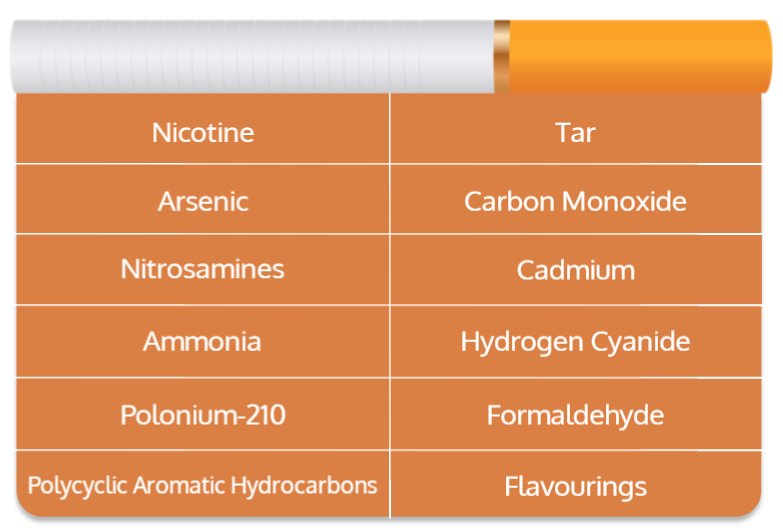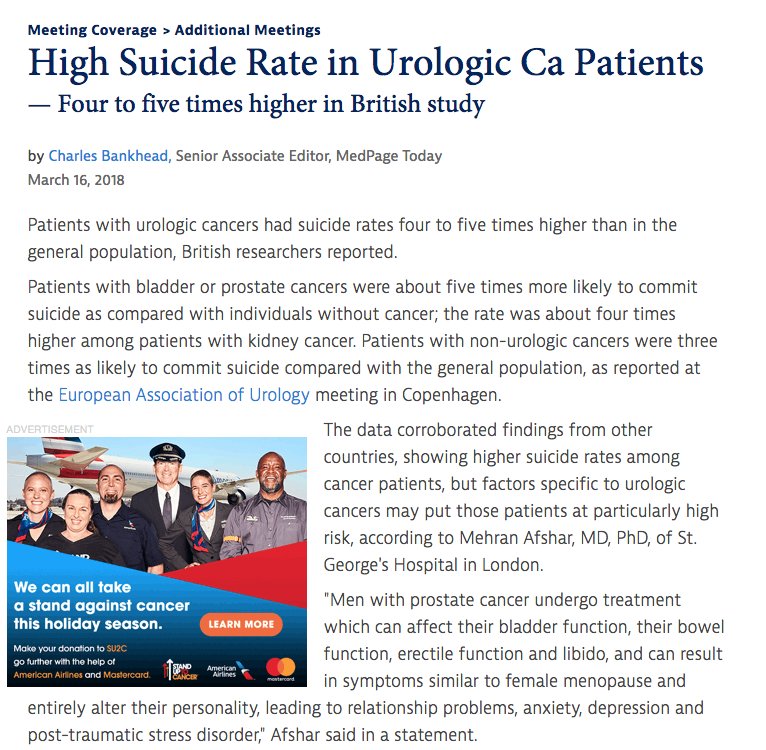Pancreatic Microbiome Influences Cancer and Its Treatment
It's not only about the gut anymore. Even the pancreas has a microbiome (the collection of microorganisms like bacteria living in or on the human body), one that influences pancreatic cancer progression and that can be manipulated to resensitize the immune response in pancreatic adenocarcinoma.
A new study shows that pancreatic cancer harbors a 1000-fold higher concentration of bacteria compared with the normal pancreas. Moreover, the bacterial species in the pancreatic microbiome can shut down the immune response so that the pancreatic carcinoma milieu becomes ruled by immune suppression.
These observations were first made in animal models and were then extended to human patients with pancreatic ductal adenocarcinoma, which is typically fatal within 2 years. In animal models, when the microbiome is ablated, the immune response is restored, and the animals are able to respond to immunotherapy. In a paper recently published the authors showed tumor progression was seen in animal models, compared with control mice. For animals treated with an oral antibiotic, tumor burdens were reduced by ~50%. These studies also showed that the oral antibiotic regimen was able to slow pancreatic tumor growth.
Extending these observations to humans, the researchers showed that Proteobacteria
organisms composed ~8% of gut bacteria of pancreatic ductal adenocarcinoma
patients but that they increased to 50% in cancerous pancreas. When the
researchers obtained samples of both feces and tumors, they were able to show a
differential migration of the bacteria to the pancreas. In progression toward
the oncogenic phenotype, bacteria such as Proteobacteria, Actinobacteria,
and Fusobacteria spp predominate the pancreatic microbiome.
These new findings creates a new paradigm in the treatment of pancreatic
cancer indicating the pancreatic microbiome can be a target for therapy and
offers a clue about how to use immunotherapy in pancreatic cancer, which has
thus far remained unresponsive to immunotherapy.
https://www.medscape.com/viewarticle/894384?src=soc_tw_180404_mscpedt_news_onc_microbiome&faf=1#vp_1






